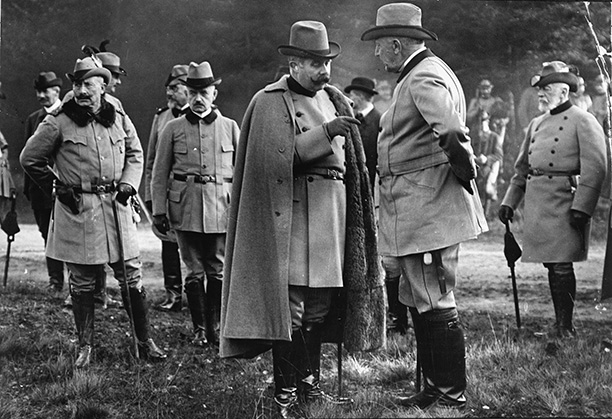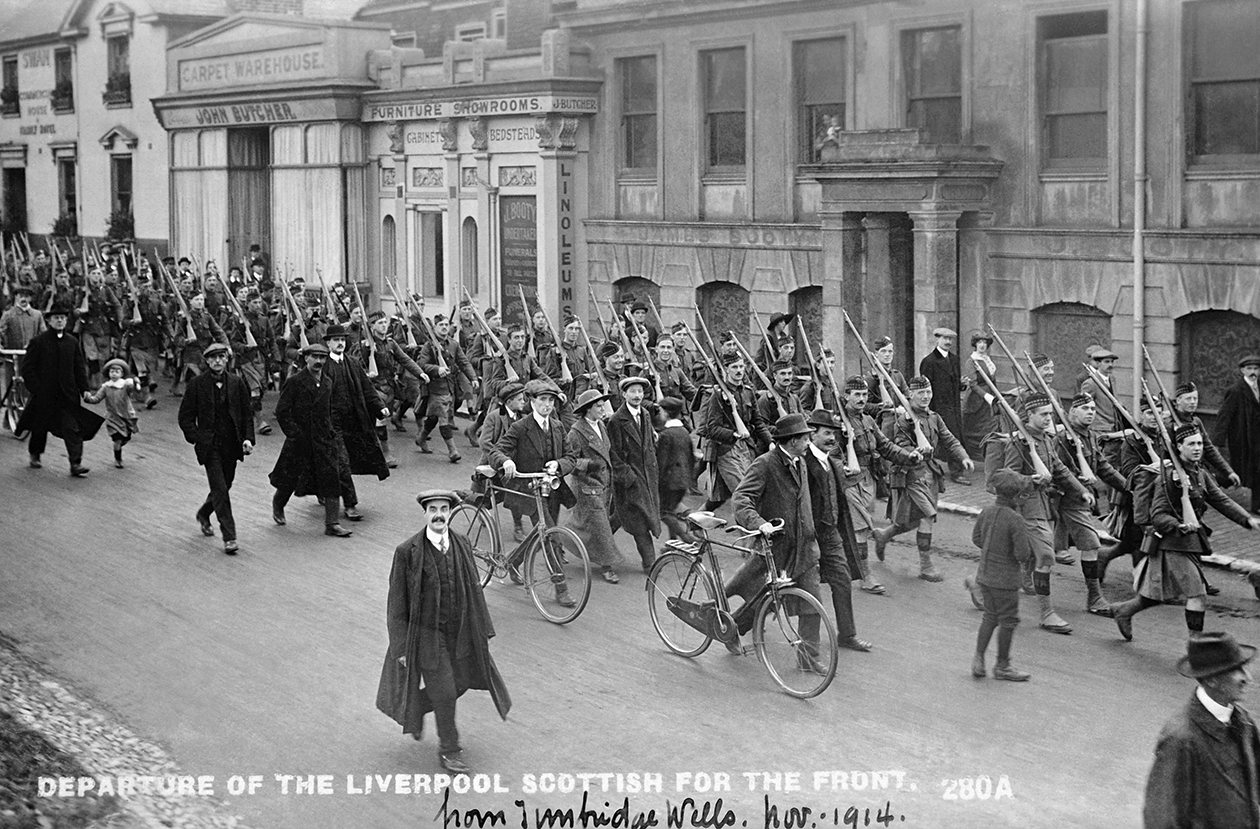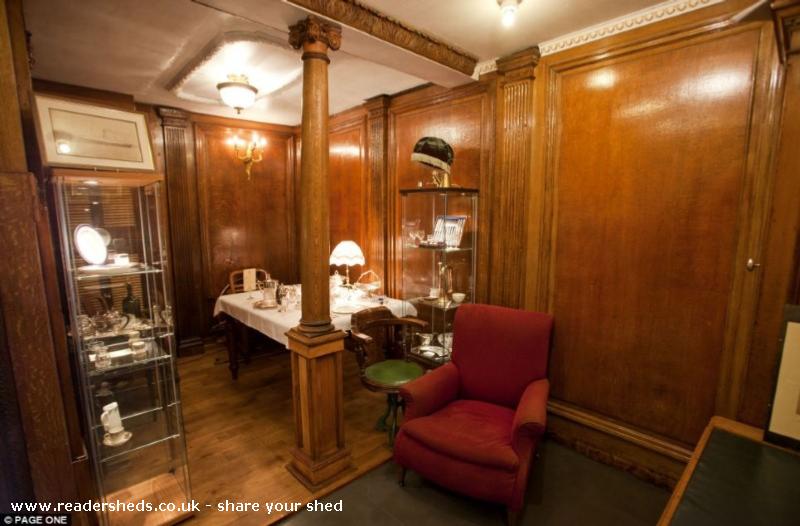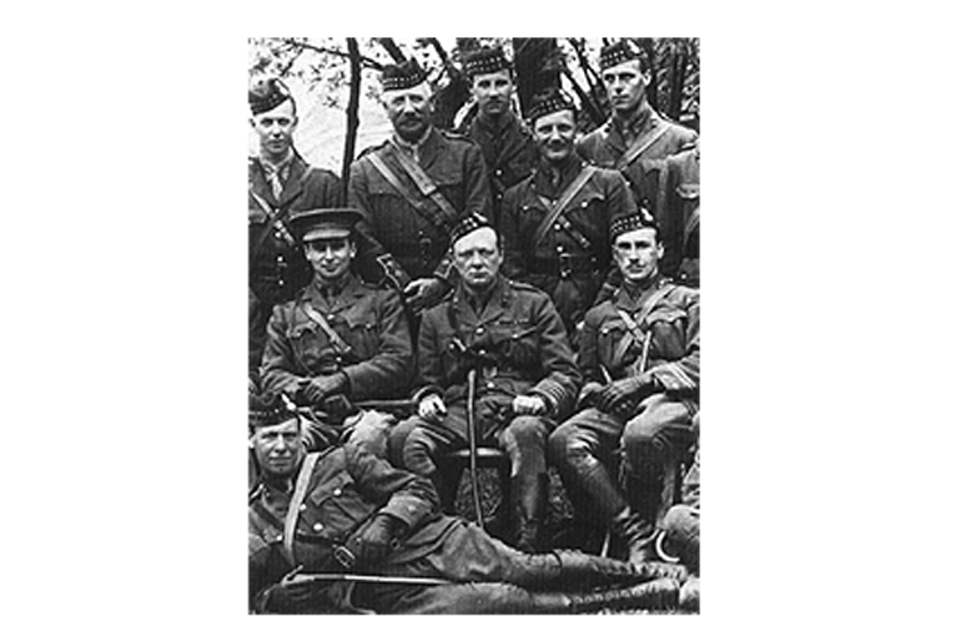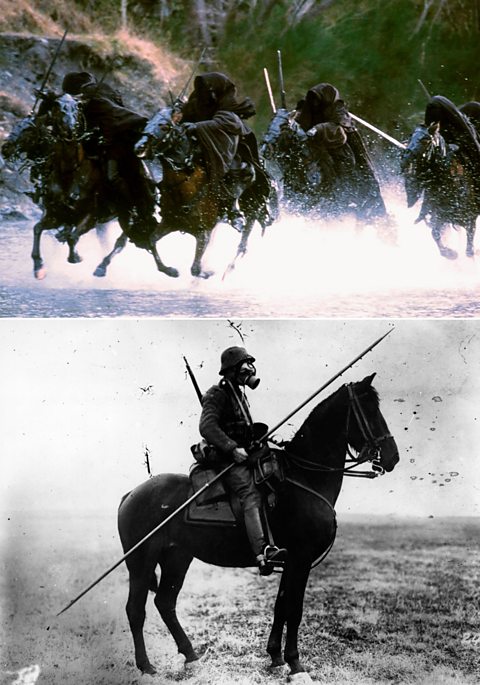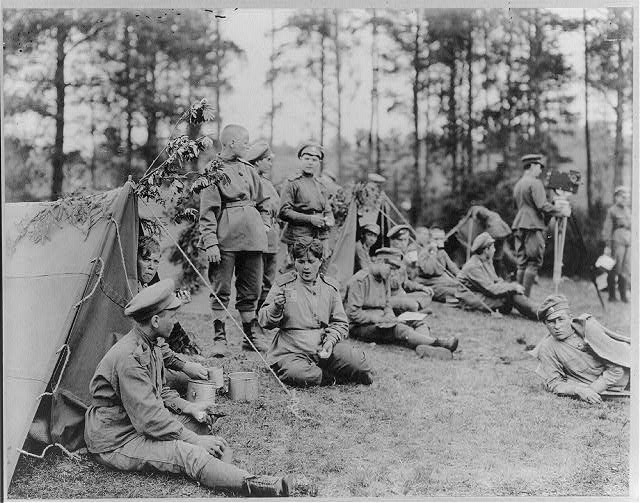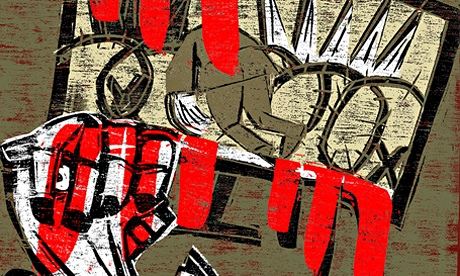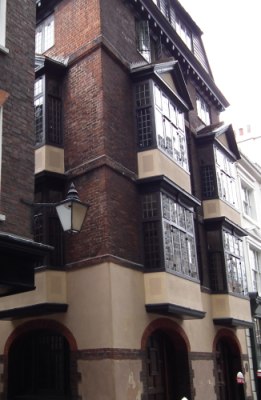
Born in 1766 Liverpool to a family of linen merchants, Hannah was barely a teenager when her father died. She inherited his Dissenting faith and a small fortune from him and from her uncle, but she also derived from them and from her mother a commitment to education and welfare, the vocation to help the poor, and an interest in medicine.
She acquired at boarding school in London not only a wide education, a love of reading and of the countryside, but also a circle of radical friends, writers, and reformers, who encouraged her to make the most of her abilities. In Liverpool before her marriage, she shone in the society of the local liberal intelligentsia. As she feared, her freedom to enjoy this life must come to an end when she married; and her first months of marriage to Samuel Greg came as a profound shock. However, taking charge in his family home in King Street, she soon became a gifted hostess, a strong and intelligent supporter in his business, and a mother, bearing him 13 children. Though well aware of the iniquity of the slave trade – she had some friends and family who were both implicated in it and others who were campaigners against it - she could not voice her opposition to it while Samuel retained his inherited plantations.

Like many Dissenters in Manchester in the 1790s, she felt under attack for her religious and political views, and her support for the Irish added to the climate of suspicion and anxiety which she had to endure. The family decided to spend an increasing amount of time in the country at Quarry Bank, where Hannah could bring up her growing family in a more tranquil environment. There she wrote her books, (ostensibly for them); and became immersed in the care of the mill workforce.
She oversaw the education provided for the apprentice children, believing that the poor would benefit from being able to read and write, to acquire a skill, and to learn lessons from the Bible. Each of her children spent time teaching apprentices. Working with Dr Holland, the factory doctor, she also took a compassionate yet practical interest in sustaining the health of the workforce, dispensing medicine and protecting them against the risk of epidemics. She helped set up the village infant school, and took the leading role in providing for maternity leave and other welfare measures for the working mothers in the factory community.
Though frequently suffering from ill-health, she found time to make her home a meeting place for writers, academics, and travellers. She died there in 1828 at the age of 62.
Several of her children repaid the care and attention she devoted to their upbringing. Bessy, who married the son of her Liverpool friends the Rathbones, became a famous reformer and leader of education, housing and urban reform in that city. Robert, the son who took on the management of the business empire, the estates and even the slave plantation in Dominica, fought for the reform of the franchise, a causes dear to his mother’s heart. He went further, championing the Repeal of the Corn Laws and becoming an MP. William and Samuel, the youngest sons, started out as brilliant idealists, but setbacks in their business lives tempered their enthusiasm for reform. They are mainly remembered nowadays for their writing.
David Sekers was the National Trust’s Director of the Regions until retiring in 2001. He has been writing about Quarry Bank, Styal since 1978, specialising in the famous Greg family. Prior to joining the National Trust as regional director he was museum director at Quarry Bank Mill, Styal. His book, A Lady of Cotton is available now.
*
The second series of Channel 4's The Mill, is currently airing and will continue with episode 2 on 27 July at 8:00pm. The series is set during rural-industrial England during the 1830s, the gritty drama follows the workers and unpaid apprentices at Quarry Bank Mill in Cheshire as they slave away at their 12-hour shifts. But the industrial revolution is changing the landscape of the country beyond recognition and the workers are poised to take their fates into their own hands...











